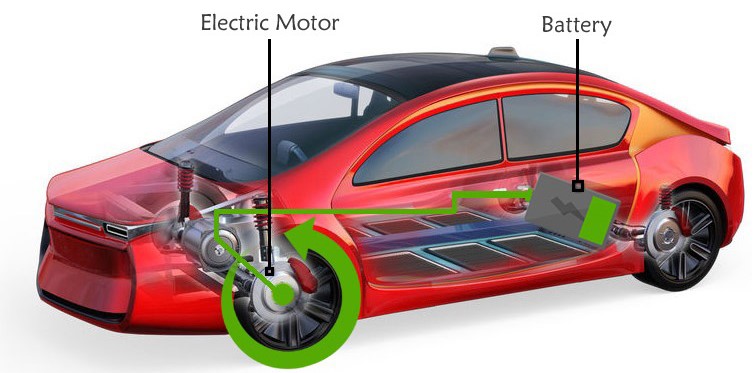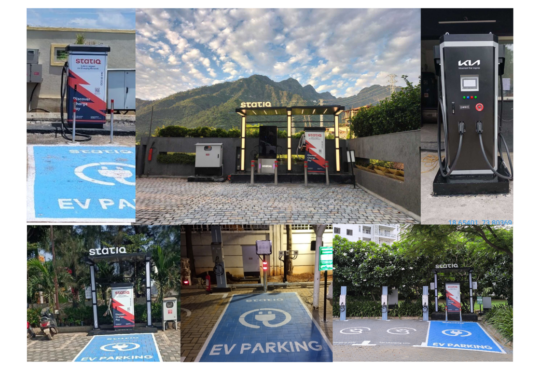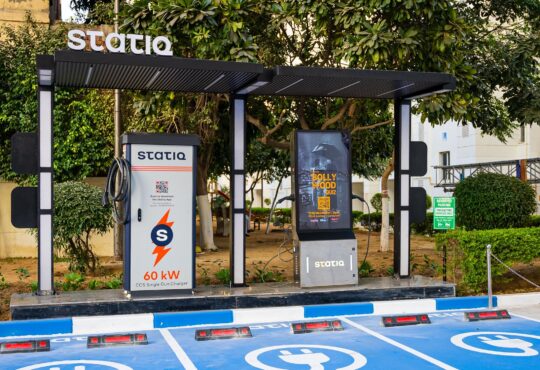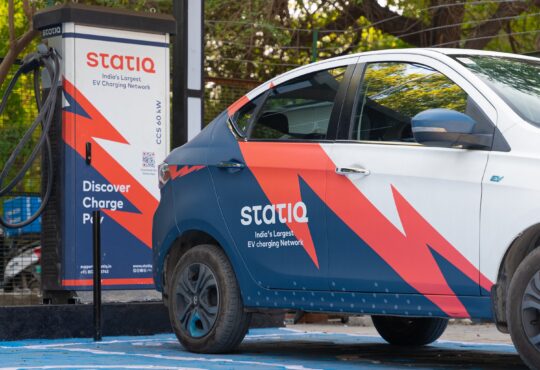
All You Need to About Regenerative Braking in Electric Vehicles
Did you know that the simple act of braking in an electric vehicle can be a game-changer? In the world of electric mobility, regenerative braking is the unsung hero, quietly revolutionizing how we drive and shaping the future of sustainable transportation.
As we dive into the intricacies, get ready to be amazed by the innovative technology behind this braking system feature and its profound impact on the efficiency and environmental friendliness of electric vehicles.
What is Regenerative Braking?
It is not an average braking system; it’s a smart mechanism that harnesses the kinetic energy generated during deceleration, converting it back into electricity. Unlike traditional braking systems that dissipate this energy as heat, it puts it to good use.
How It Works

When you hit the brakes in an electric vehicle, the electric motor switches roles from propulsion to a generator, capturing the energy that would otherwise be lost. This captured energy is then directed back into the vehicle’s battery, ready to power your next acceleration.
Why does it matter?
It isn’t just about being eco-friendly; it’s a game-changer for efficiency. By recycling energy, it extends the vehicle’s range and reduces the overall wear and tear on the braking system.
Tech Behind Regenerative Braking
Electric Motor Transformation
The electric motor undergoes a seamless transformation during regenerative braking, showcasing the sophistication of engineering in electric vehicles. It seamlessly transitions between propelling the vehicle and recapturing energy, creating a balanced efficiency.
Energy Storage
The recaptured energy needs a home, and that home is the vehicle’s battery. This process of energy storage ensures that the power generated during braking is readily available for future use, minimizing dependence on external charging sources.
Smart Systems
Regenerative braking is often accompanied by intelligent systems that optimize its performance. These may include advanced sensors, predictive algorithms, and other technologies that enhance the efficiency of this energy-recycling process.
Advantages of Regenerative Braking
Automotive Industry
Major players in the automotive industry have embraced this innovation. Tesla’s electric cars, for example, utilize this technology to optimize the efficiency of their electric drivetrains. Many other reputed automobile companies, such as Tata Motors, Kia, Mitsubishi Motors, Volvo, Hyundai, Toyota, and others have started utilizing this technology to increase their EV range.
Impact on Range
One of the most tangible benefits for electric vehicle owners is the positive impact on range. Regenerative braking contributes significantly to extending the driving range, making electric vehicles more practical for everyday use.
User Experience
Beyond the technicalities, it transforms the driving experience. It adds a subtle yet significant layer of smoothness and efficiency to braking, enhancing the overall enjoyment of driving an electric vehicle.
Challenges and Limitations of Regenerative Braking
- Regenerative braking is effective primarily on all drive-wheel vehicles. In the case of a non-all-wheel-drive electric vehicle, the wheels without motors do not experience the benefits of it.
- Issues arise during panic stops as regenerative brakes typically do not deliver sufficient braking force in such emergency conditions. Traditional brakes outperform regenerative brakes significantly in these situations.
- A regenerative system’s efficiency is constrained by things like the electric motor’s power and the energy storage system’s capacity.
- It’s important to note that regenerative braking systems are exclusive to electric and hybrid vehicles. Conventional vehicles, lacking electric motors, face challenges and increased costs in implementation due to their incompatibility with such systems.
Future Trends of Regenerative Braking
The journey of regenerative braking doesn’t end here. Ongoing research explores ways to enhance its efficiency, making it an even more integral part of electric vehicle technology. As electric vehicles continue to evolve, the integration of regenerative braking with other emerging technologies becomes an exciting area of exploration. In conclusion, it is a fundamental shift in how we approach energy efficiency in electric vehicles. From its inception to real-world applications, this innovative feature is reshaping our journey towards a more sustainable and efficient future.



